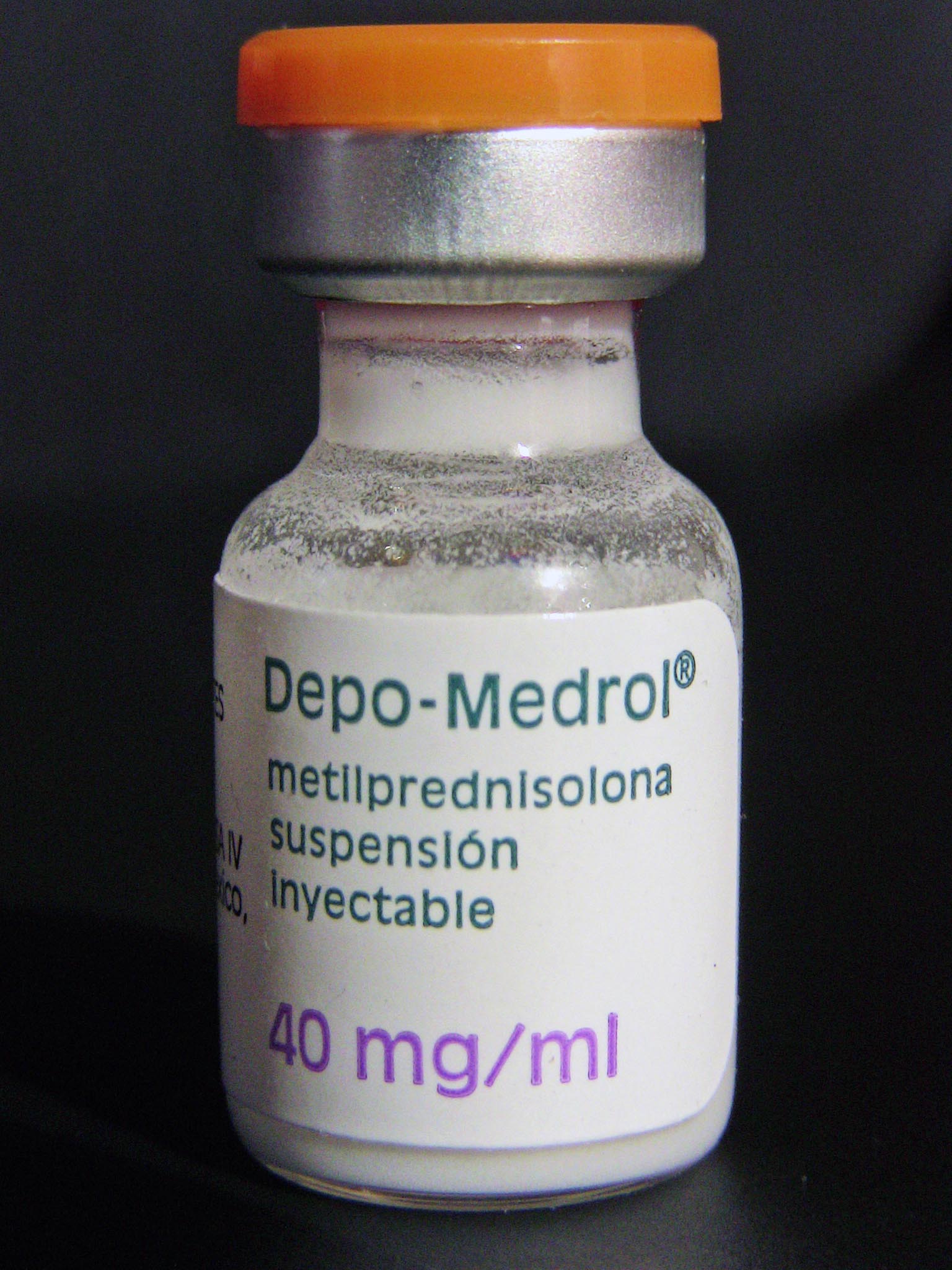| drug name | Methylprednisolone |
| classification | Glucocorticoid, Corticosteroid |
| pharmacokinetics | Methylprednisolone is rapidly absorbed after oral or intravenous administration. Peak plasma concentrations are reached within 1-2 hours after intravenous administration and 1.5-4 hours after oral administration. It is highly bound to plasma proteins. Methylprednisolone is metabolized in the liver, primarily by reduction and oxidation. The metabolites are excreted in the urine. The elimination half-life is approximately 3-4 hours, but can vary depending on the route of administration and the individual's hepatic and renal function. |
| suggested dosage | Dosage varies significantly depending on the indication. A 25-year-old male weighing 70 kg would require a dosage tailored to the specific condition being treated. It's crucial to consult a physician to determine the appropriate dose, duration of therapy, and route of administration (oral, intravenous, intramuscular). Self-medication with methylprednisolone is strongly discouraged. |
| indications | | 1 | Acute exacerbations of multiple sclerosis | | 2 | Allergic reactions (e.g., anaphylaxis) | | 3 | Autoimmune diseases (e.g., rheumatoid arthritis, lupus) | | 4 | Certain types of cancer | | 5 | Inflammatory bowel disease (e.g., Crohn's disease, ulcerative colitis) | | 6 | Organ transplantation | | 7 | Severe skin conditions |
|
| safety in pregnancy | Methylprednisolone should be used during pregnancy only when clearly needed and under the strict supervision of a physician. Potential risks to the developing fetus need to be carefully weighed against the potential benefits. Specific doses and monitoring are necessary. There may be risks associated with high doses or prolonged use. |
| safety in breastfeeding | Methylprednisolone can be secreted into breast milk. The potential risks to the infant need to be carefully considered. Generally, if the drug is required, the decision to continue breastfeeding should be made in conjunction with a physician who can weigh the risks and benefits for both mother and child. |
| side effects | | 1 | Fluid retention | | 2 | Increased appetite and weight gain | | 3 | Hyperglycemia | | 4 | Osteoporosis | | 5 | Mood changes | | 6 | Insomnia | | 7 | Increased susceptibility to infections | | 8 | Cushingoid symptoms (e.g., moon face, buffalo hump) | | 9 | Peptic ulcers | | 10 | Gastrointestinal upset | | 11 | Hypertension | | 12 | Hirsutism | | 13 | Skin thinning | | 14 | Delayed wound healing |
|
| alternatives | |
| contraindications | | 1 | Hypersensitivity to methylprednisolone or other corticosteroids | | 2 | Active peptic ulcer disease | | 3 | Systemic fungal infections | | 4 | Severe infections (unless in life-threatening situations and under strict medical supervision) |
|
| interactions | Methylprednisolone can interact with numerous medications, including nonsteroidal anti-inflammatory drugs (NSAIDs), certain antibiotics, immunosuppressants, and others. It's important to disclose all medications being taken to a physician to avoid potential adverse drug interactions. |
| warnings and precautions | Patients with pre-existing conditions such as diabetes, osteoporosis, or hypertension may require closer monitoring and adjustment of their dosages and treatment plans. Use in conjunction with other medications should be approached with caution. |
| additional informations | The information provided here is for educational purposes only and does not constitute medical advice. Always consult with a qualified healthcare professional for personalized medical advice and treatment. |
| patient profile | |
